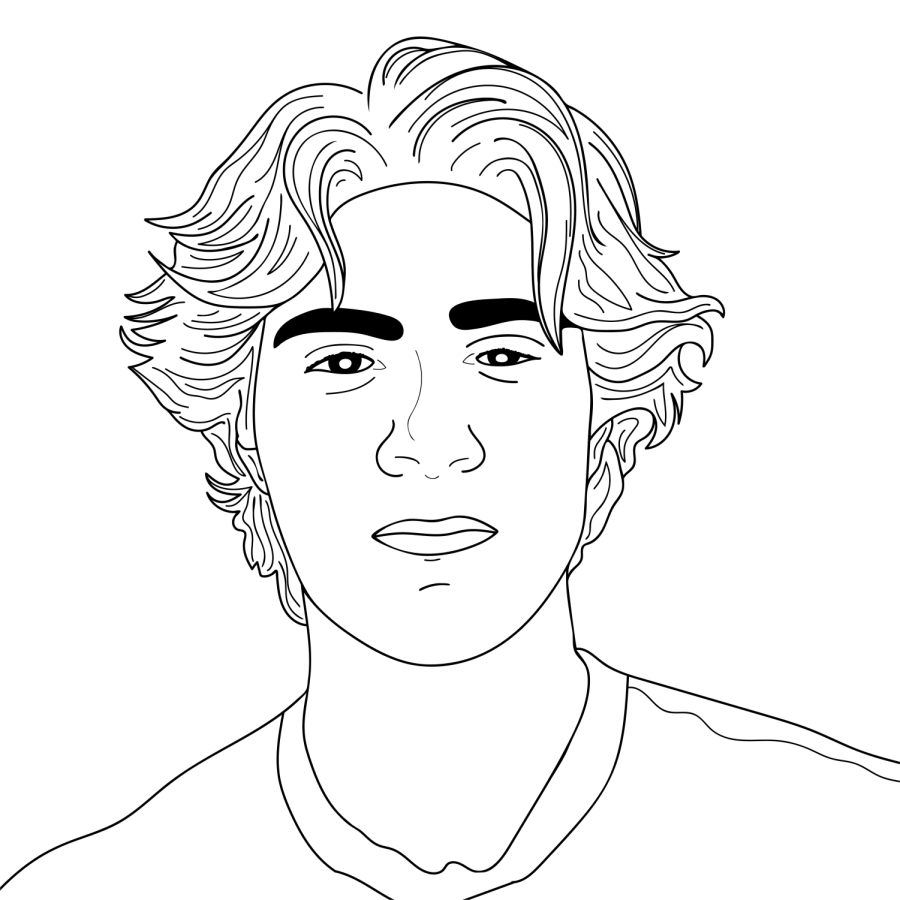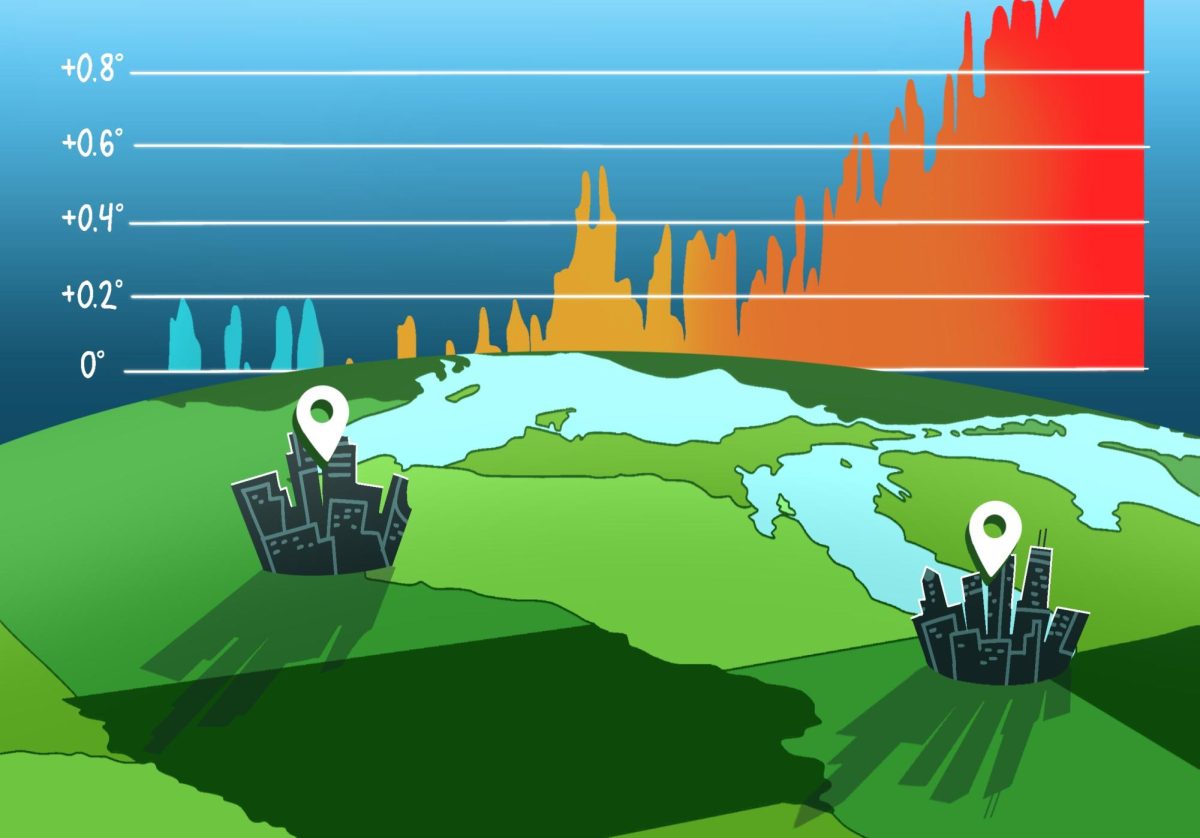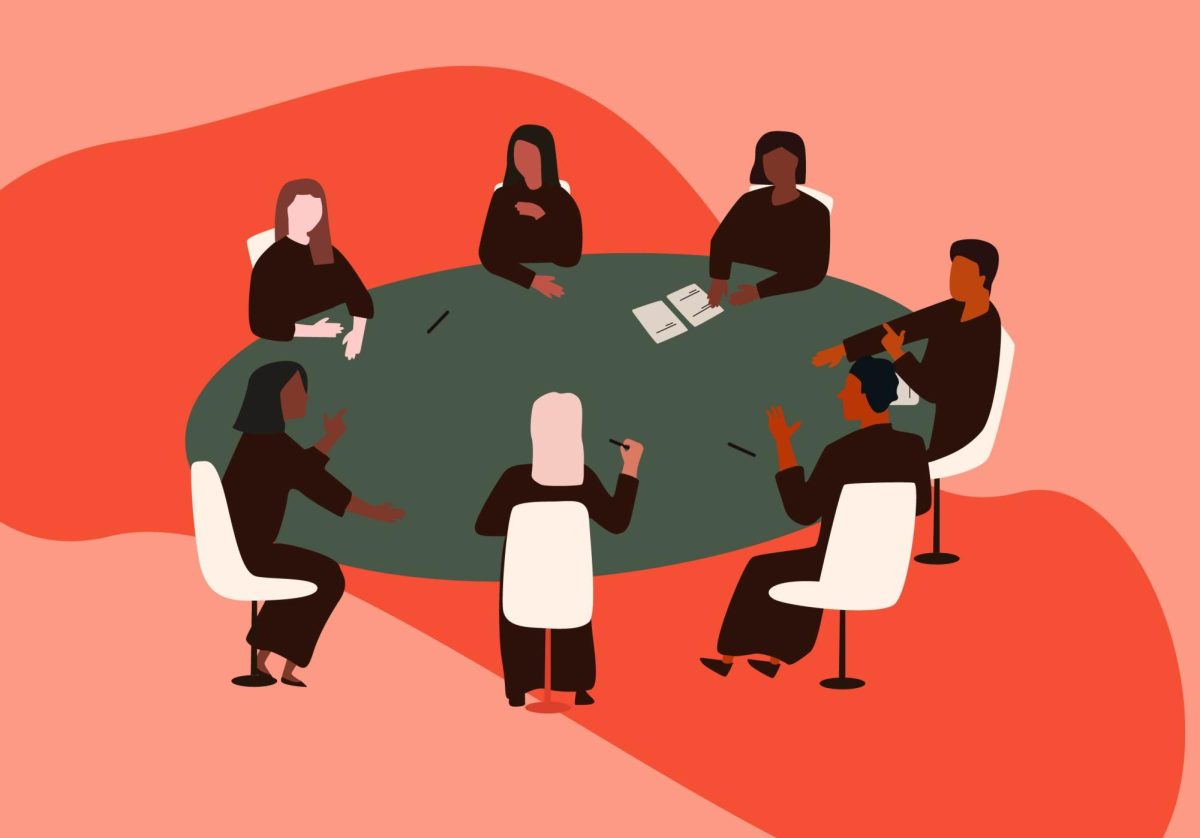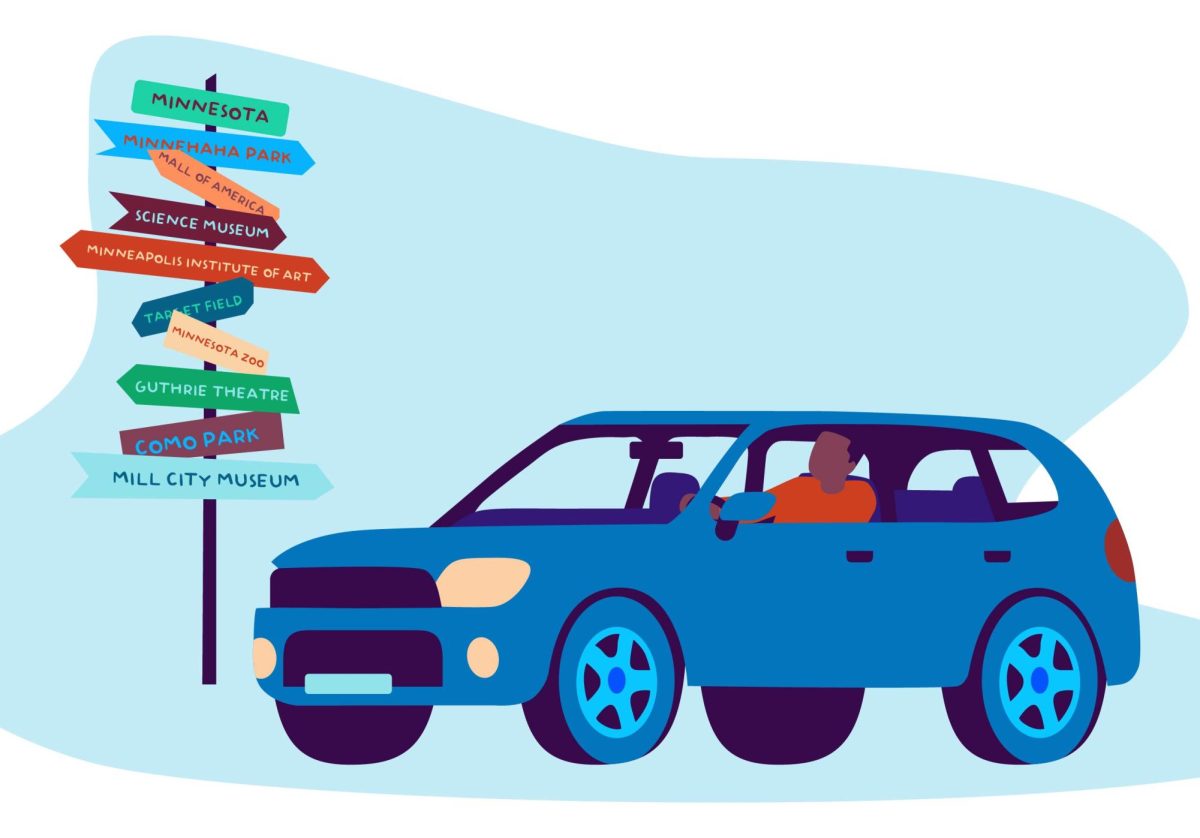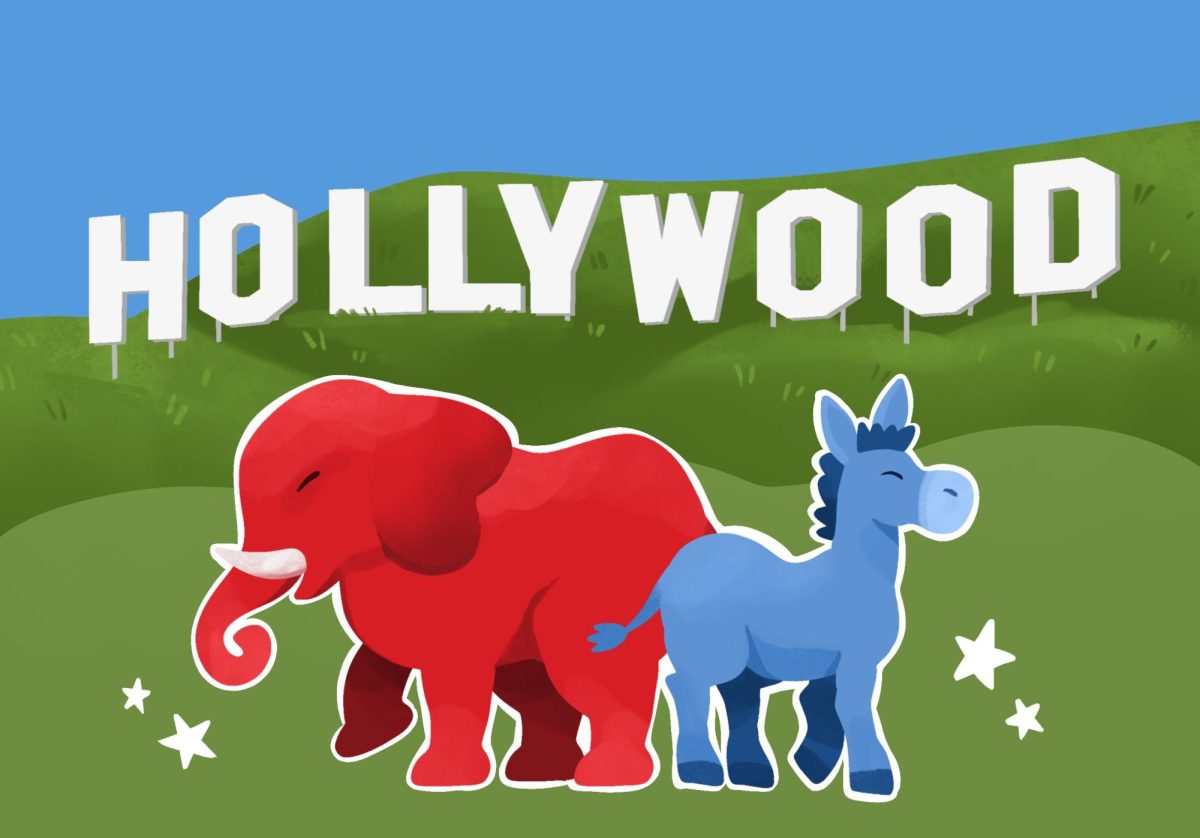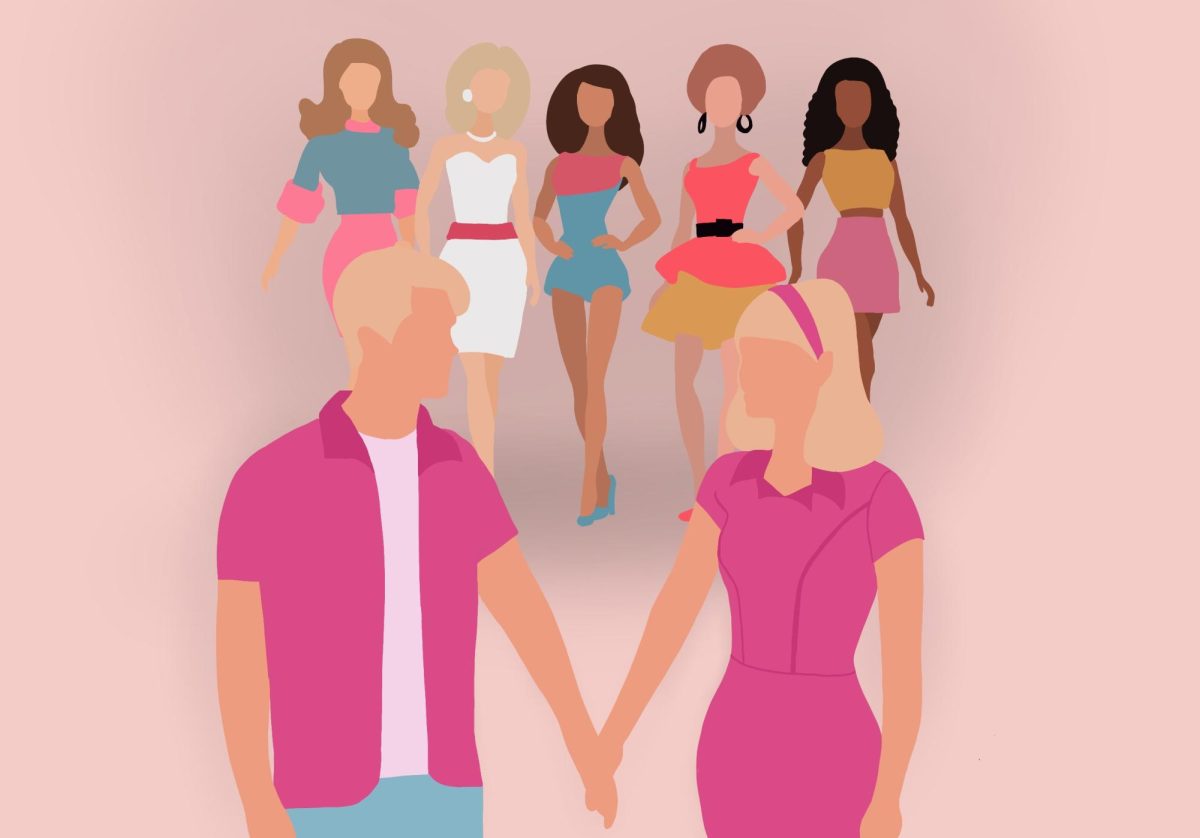Try to picture a motorcycle club. What comes to mind? Something like a group of overweight, leather-clad, bearded ruffians riding Harley-Davidsons and brandishing chains?
The portrayal of motorcycle clubs in media has been extremely negative for decades. This idea of the biker gang spawns primarily — deserved or not — from the Hells Angels and other one percenter motorcycle clubs.
The term one percenter comes from the aftermath of a 1947 riot in Hollister, California, that happened as a result of the American Motorcyclist Association’s (AMA) annual Gypsy Tour for the Fourth of July.
The small town was flooded with thousands of bikers, and, by the end of the weekend, 49 arrests were made — though they were mostly on non-violent charges like public intoxication and disorderly conduct. There were also some indecent exposure charges, which I imagine mostly came from intoxicated bikers not having the wherewithal to determine that taking a leak on a storefront would be a poor choice.
The subsequent press coverage was…negative, to no one’s surprise. The media ran with the term “riot” to describe the event, even though it seemed more like a party that got a bit out of hand, with little to no violence.
The story goes that the AMA — looking to maintain their image — claimed that at the event, 99% of all motorcyclists were law abiding citizens. So, the groups looking to push a rough and tough image took on the one percenter moniker.
While this story has been recited across plenty of biker forums and websites, whether this statement was ever actually made by the AMA is unclear. Despite this uncertainty, the name stuck.
I should make it clear the Hollister incident does not stand alone in creating the outlaw biker image. Groups like the Hells Angels have been marred by charges of drug trafficking and other, similarly serious, crimes. One percenter groups seem to be, unsurprisingly, fairly familiar with criminal acts and violence.
However, a fairly large number of these one percenters don’t fall into the criminal category — despite seeming to relish in their reputation as outlaws.
In fact, the Hells Angels of Minneapolis post fairly regularly on their Instagram account detailing their charitable clothing donations to the Salvation Army and have even raised money to help their members battling cancer.
That isn’t to say they’re softies, though. Their Instagram also features less gracious content, like photos of the confederate flag and a crass bumper sticker that, in so many words, warns you not to touch their bikes. So, it’s a bit of a mixed bag. (Though the bumper sticker is admittedly funny, in a backwards sort of way.)
This less-than-sanitary activity stands in stark contrast to the events hosted by the Twin Cities Motorcyclist Club (TCMC), a local group that has hosted more than 500 events for riders across the state since 2007.
“We’re a diverse group of people that get together to have fun together,” said Darron Morris, the social director of the TCMC.
The TCMC hosts regular potlucks, barbecues and other parties for their more than 300 members, as well as group rides ranging from 90 to 250 miles. They even host group riding classes for those just learning the art of the motorcycle.
Groups like the TCMC are among the aforementioned 99%. You don’t see members of the TCMC getting involved in criminal activity, and they even have a group of 30 members who are tasked with resolving any conflicts within their group in an impartial and fair way.
“We’re not on the same lines as the one percent motorcycle clubs in America. We’re the polar opposites,” Morris said. “Our motto is ‘enjoy the ride.’”
The Hells Angels of Minneapolis did not respond to a request for comment. I did manage to get on the phone with a member of the Iron Range Hells Angels, but they declined to comment, citing an organizational distrust of news media.
Their response was understandable, as just about everything you see about the Hells Angels is negative. To say this article isn’t critical would be to kid myself.
It’s clear the criminal reputation of the Hells Angels greatly overshadows their charitable acts. Media coverage of them may be critical, but they aren’t exactly doing themselves any favors.
Those who wish to wear their leather jackets and fly down the highways in their flocks of steel should be free to. But, if your biker group wants to take pride in being the one percent of outlaws, it should be expected that you will get lumped in with the bikers that actually follow through with that outlaw ideology.
There are plenty of groups like the TCMC that bring together people from all walks of life to ride in the open air and appreciate the majesty of the motorcycle. If you want to play desperado on your steel steed, go right ahead. Just remember that you might get grouped in with the ones who actually believe it.










